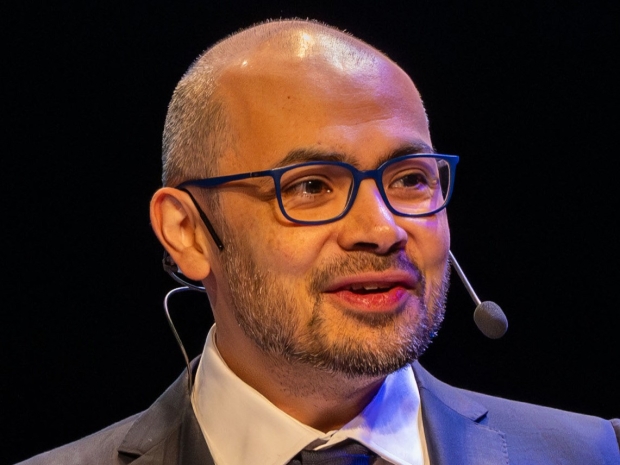Speaking at a Google-hosted event in Paris ahead of the AI Action Summit, Hassabis acknowledged the impressive engineering behind the model but stated that it does not introduce any new scientific advancements.
Last month, Chinese AI company DeepSeek published a research paper claiming its model was trained at a fraction of the cost incurred by leading AI players and used less-advanced Nvidia chips. The announcement triggered an aggressive stock sell-off and raised concerns over whether major tech firms are overspending on AI infrastructure.
Hassabis commended DeepSeek’s engineering efforts, calling it “an impressive piece of work.”
He said: “I think it’s probably the best work I’ve seen come out of China,” highlighting its potential geopolitical significance.
However, he tempered expectations by clarifying that from a technological standpoint, DeepSeek’s model does not represent a breakthrough.
“Despite the hype, there’s no actual new scientific advance … it’s using known techniques [in AI].” He suggested that the significance of DeepSeek’s work had been “exaggerated a little bit.”
Hassabis further noted that Google’s own Gemini 2.0 Flash models, which were recently released, are more efficient than DeepSeek’s offering. Meanwhile, experts have questioned DeepSeek’s claims regarding its lower costs, suspecting that its development expenses may be higher than publicly stated.
The debate over when artificial general intelligence (AGI) will become a reality has persisted for years. AGI refers to an AI system that surpasses human intelligence across a broad range of cognitive tasks.
Hassabis expressed optimism about AGI’s imminent arrival, stating: “I think we’re close now, you know, maybe we are only, you know, perhaps five years or something away from a system like that which would be pretty extraordinary.”
He talked about he need for society to prepare for the implications of AGI, ensuring that its benefits are maximized while mitigating potential risks.




